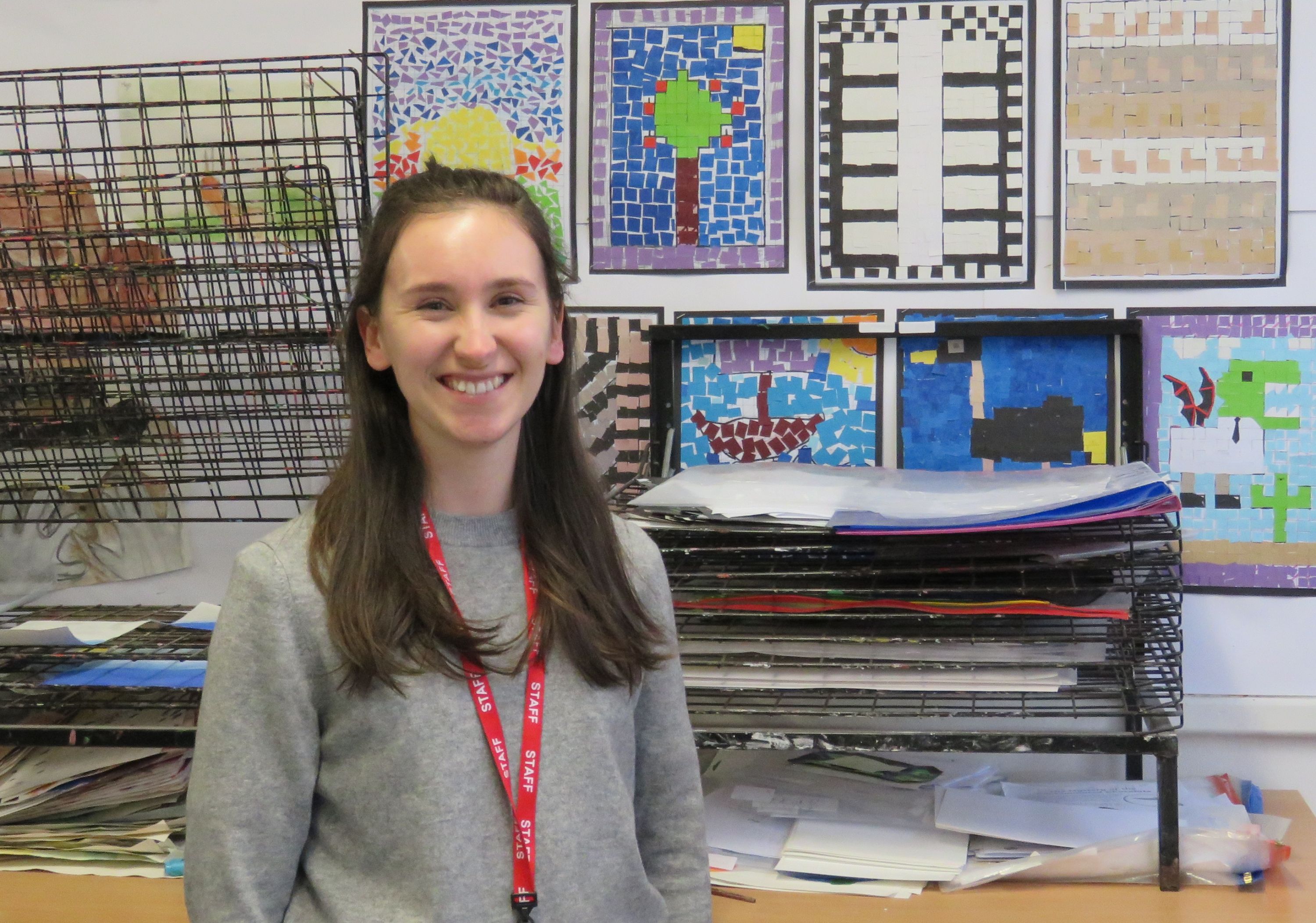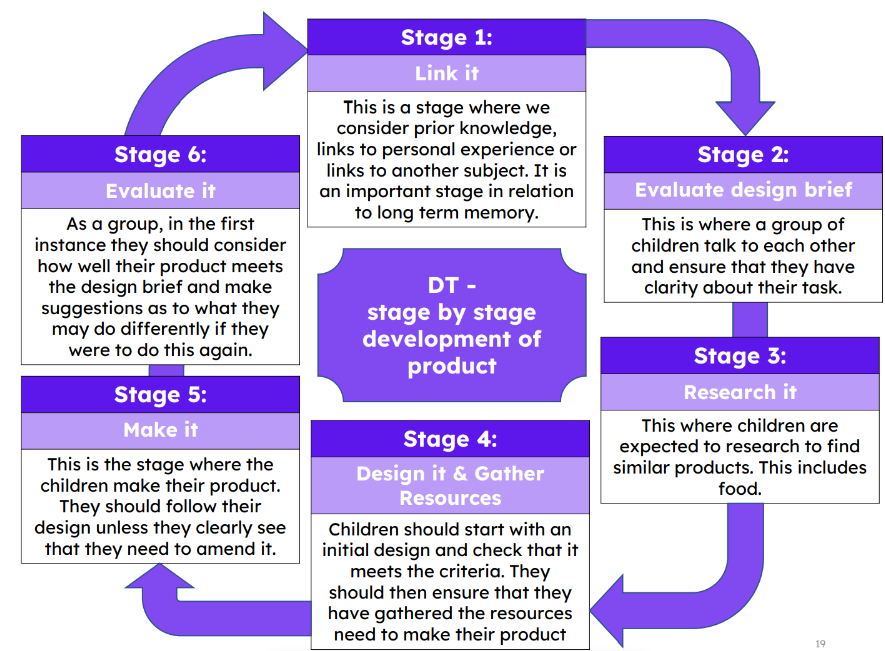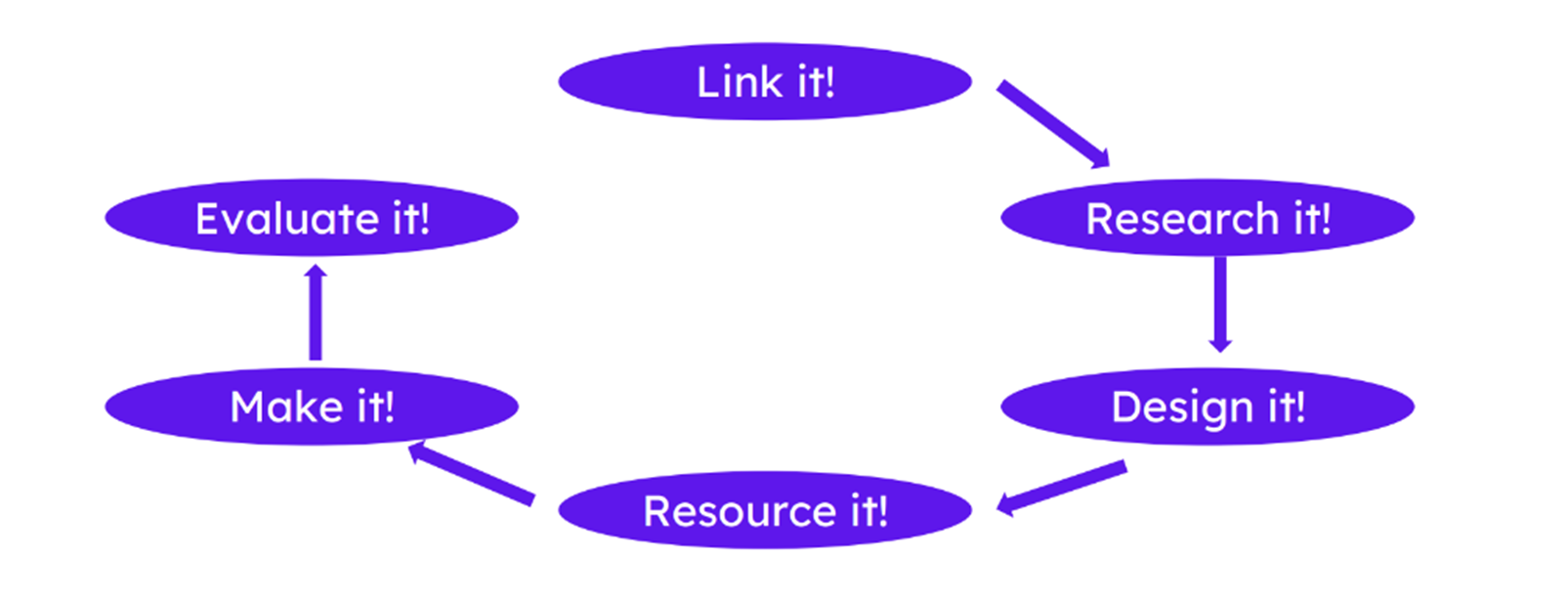Design and Technology
Welcome to Design and Technology:
Subject Coordinator: Miss Harrison
Contact: amy.harrison@bramhopeprimaryschool.co.uk
Design and Technology develops children’s skills and knowledge in design, structures, mechanisms, electrical control and a range of materials, including food. It encourages children’s creativity and encourages them to think about important issues.
Primary D&T helps our children to:
- Be creative, technical and practical
- Increase their knowledge and skills to enable them to create high-quality designs
- Think critically through thorough testing and evaluating
- Understand and apply the principles of nutrition and learn to cook
Design and Technology encourages children to learn to think and intervene creatively to solve problems both as individuals and as members of a team. At Bramhope, we encourage children to use their creativity and imagination, to design and make products that solve real and relevant problems within a variety of contexts, considering their own and others’ needs, wants and values. We aim to, wherever possible, link work to other disciplines such as mathematics, science, engineering, computing, and art.
What makes Design and technology different at Bramhope?
Our curriculum is designed for our students. It builds upon the National Curriculum and at its heart is created to provide a rich and inspiring creative experience, helping children to build upon existing skills and forge new ones.
Learning is planned sequentially to enable children to build upon prior learning and to acquire new knowledge over the duration of the unit. The diagram below summarises this process:

We dedicate an hour a week to design and technology and alternate this half-termly with art and design. Lessons are first planned to meet the skills required to ensure progression for our pupils, where possible (and where deemed appropriate) learning is also linked to topics studied in other areas of the curriculum. We perceive a benefit to making suitable links to help deepen the desired learning and provide a richer, more engaging experience. However, we consider design and technology to be a valuable stand-alone subject and, therefore, if the desired learning cannot successfully be fulfilled by a topic, no links will be made.
We have high expectations of behaviour in design and technology lessons and encourage children to push themselves creatively and take creative risks. We also value resilience and independence, allowing children to take their work in their own direction, where appropriate. We make links to future careers in design and technology so that children can see a purpose and value in their learning.
Children are also given opportunities to reflect upon and evaluate past and present design technology, its uses and its effectiveness and are encouraged to become innovators and risk-takers.
Fundamental British values are embedded within teaching. The development of each child’s self-knowledge, self-esteem and self-confidence enables each child to follow and test their own ideas. They also develop an appreciation and a respect for other children’s ideas which may be different to their own.
We endeavour to enrich children’s time in school with memorable experiences where appropriate, providing opportunities that may normally be out of reach. For example, trips and visitors; use of the school garden; appropriate IT programmes.
Due to our ongoing transition from mixed-age to single-age classes, we are currently re-designing our design and technology curriculum. This will be based on a well-researched programme from Focus Education. Documentation can be found here.
Click on the following links to access our previous curriculum documents.
What do we mean by progress?
Progress in design and technology looks different from progress in other subjects. Using our progression documents and well planned and sequenced learning opportunities (refer to diagram below), we make space for opportunity, exploration, experience and discovery.

What do we mean by assessment?
Design and technology assessment is in the form of ongoing formative methods such as meta-cognitive questioning (the processes used to plan, monitor, and assess one's understanding and performance), before, during and after learning, regular discussion and instant feedback. Learning from ‘mistakes’ or turning them into a creative advantage is regularly discussed. This process helps us work with the child to decide what is working for them and what their future creative learning needs might be. We also refer to our progression documents which help us assess if children are working towards, at or above age-related expectations.
Curriculum documents and useful links
